From the early hum of combustion engines to the sleek designs that slice through modernity's air, motorcycles have not only provided a way to traverse the miles but have also become emblematic tokens of culture, freedom, and innovation. They are more than just vehicles; they are legends on two wheels.
The Harley-Davidson Beginnings
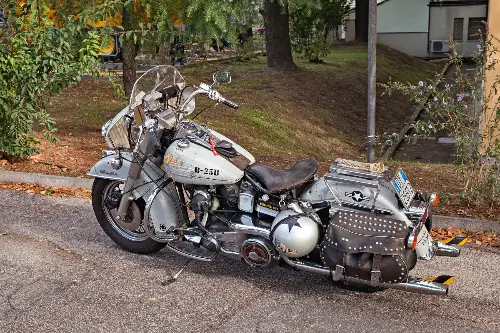
No conversation about iconic motorcycles can exclude the American influence, specifically that of Harley-Davidson. Since William S. Harley and the Davidson brothers rolled out their first motorcycle in 1903, this brand has become synonymous with the motorcycle identity. The Harley-Davidson FL, introduced in 1941 with its knucklehead engine, exemplifies this, combining power with a design that would inspire motorcycle aesthetics for decades.
The Triumph of British Engineering
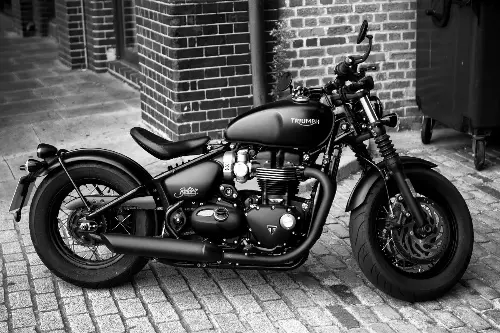
Across the pond, British motorcycles were making their own waves. Triumph, a marque known worldwide, produced machines that embodied the British motorcycling spirit. The Triumph Bonneville, named after the famed Bonneville Salt Flats in Utah where land speed records were frequently set, became an icon. Its parallel-twin engine and classic styling made it a machine of choice for racers and movie stars alike, including the "King of Cool," Steve McQueen.
Italian Artistry on Two Wheels
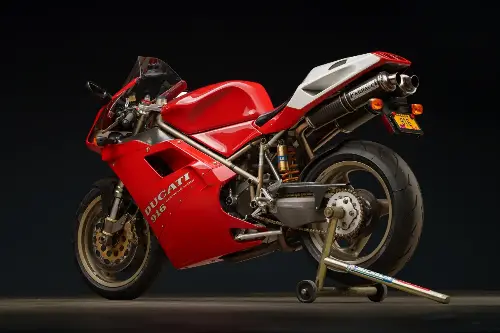
Italy has long been known for its passion for design and speed, and when it comes to motorcycles, Ducati stands out. Founded in 1926, Ducati began designing motorcycles after World War II, and by the 1950s, had created the Ducati 60. The brand would go on to produce the Ducati 916 in the 1990s – a motorcycle that was both a technical marvel and a piece of art. With its under-seat exhaust and iconic red paint, it captured the imagination of enthusiasts and the attention of the industry.
Japanese Innovation Races Ahead
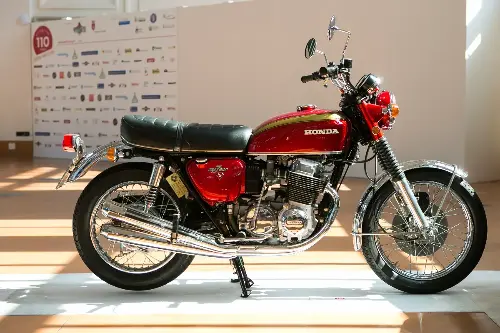
The latter part of the 20th century saw Japanese manufacturers rise to prominence. Honda's CB750, introduced in 1969, was the world's first super-bike. It was a game-changer with its four-cylinder engine, electric start, and disc brakes. It brought reliability and high-performance to the masses, heralding a new age of motorcycle technology. The Kawasaki Z1, a close rival, also earned its legendary status with a powerful 903cc engine that challenged other manufacturers to up their game.
The Off-Road Trailblazers
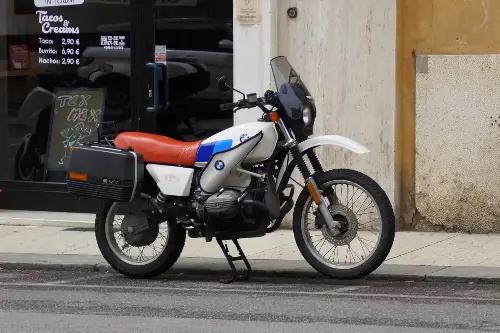
While many iconic motorcycles have owned the tarmac, others found their fame off the beaten path. The BMW R80G/S, launched in 1980, is often considered the first adventure motorcycle, capable of tackling both asphalt and rougher terrains. It won the Paris-Dakar Rally several times, cementing its place in off-road history.
Cultural Impact and Pop Icons
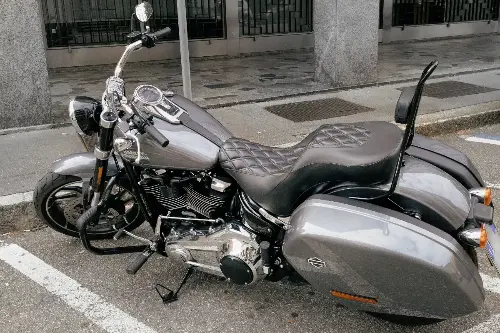
Motorcycles have not just been about advancement in engineering and design but also about cultural impact. The American chopper, for example, is a style of motorcycle that was popularised in the 1960s in the United States, characterized by its stretched out frame and ostentatious design. It was immortalised in films like "Easy Rider", making stars out of the bikes themselves—particularly the Harley-Davidson choppers ridden by the film’s protagonists.
Future Classics
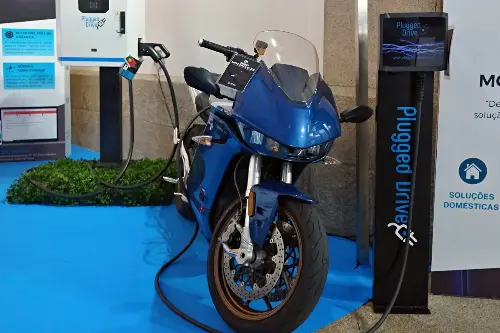
As electric motorcycles begin to gain popularity, models like the Zero SR/S are already turning heads with their eco-friendly credentials and impressive performance. They may very well be the classics of future generations, just as the Triumphs and Harleys are for today's riders.
Motorcycles offer an intimate interaction with the travel experience, making the rider a part of the environment rather than insulating them from it. Each iconic model mentioned, from the early Hildebrand & Wolfmüller to the innovative Zero SR/S, embodies a leap in technology and a bookmark in history. They've influenced not only how we ride but also how we view the world—a world that seems somehow larger and more accessible from the back of a bike.
As we journey through the ever-changing landscape of technology and design, these iconic motorcycles will forever stand as testament to the periods they were born from. They've ingrained themselves into culture, society, and the very fabric of mobility. Here's to the freedom of the open road and the engines that empower us to explore it.
